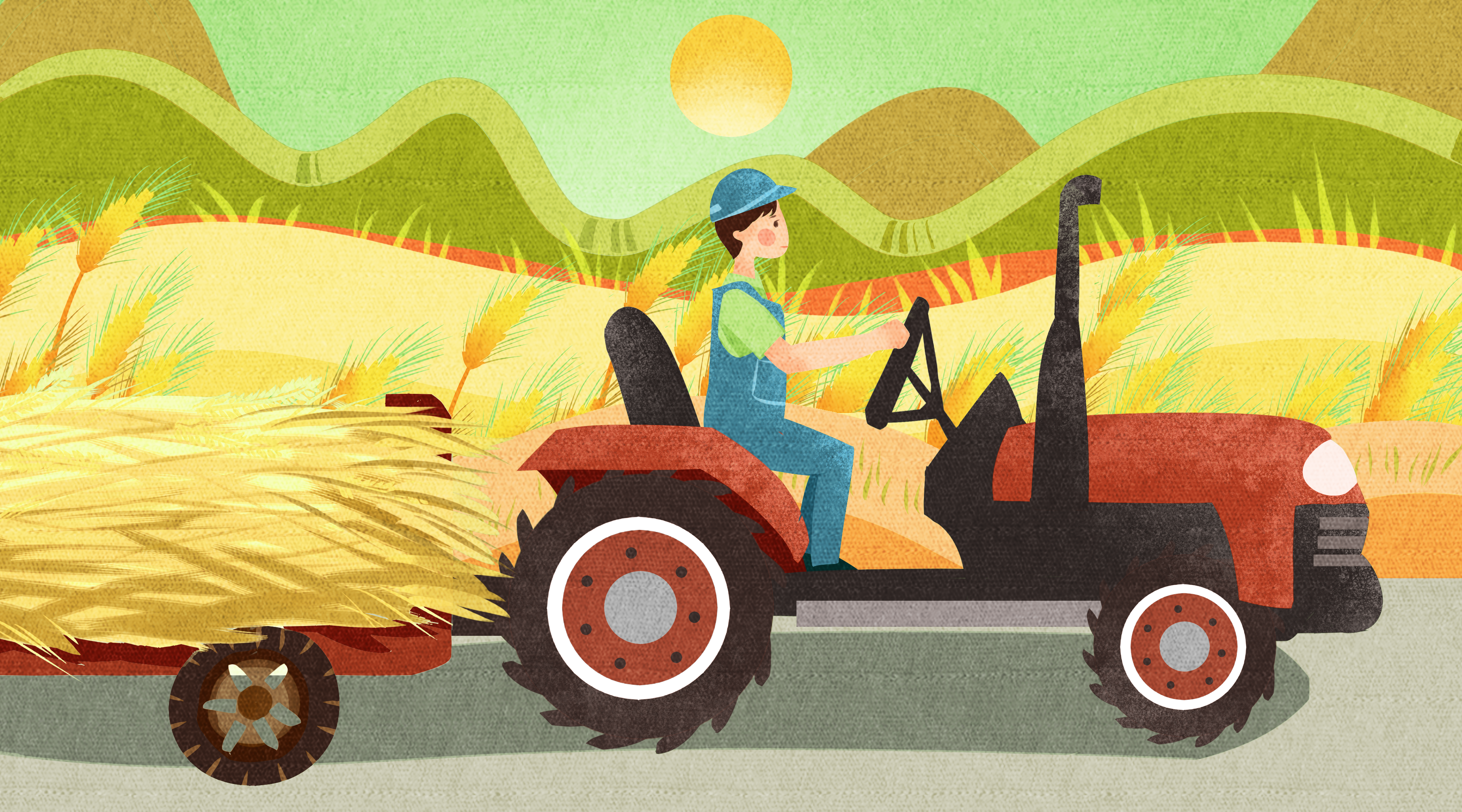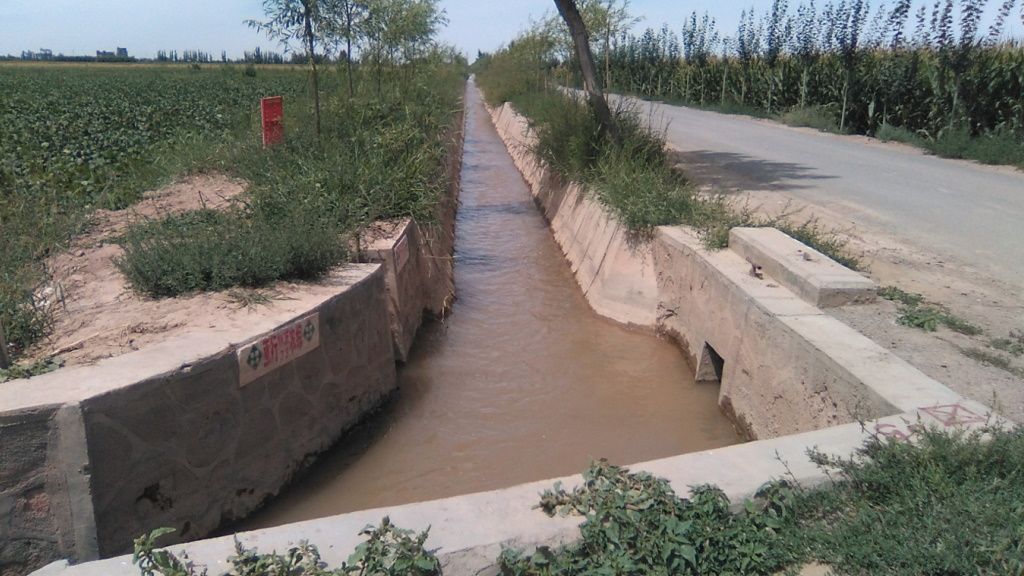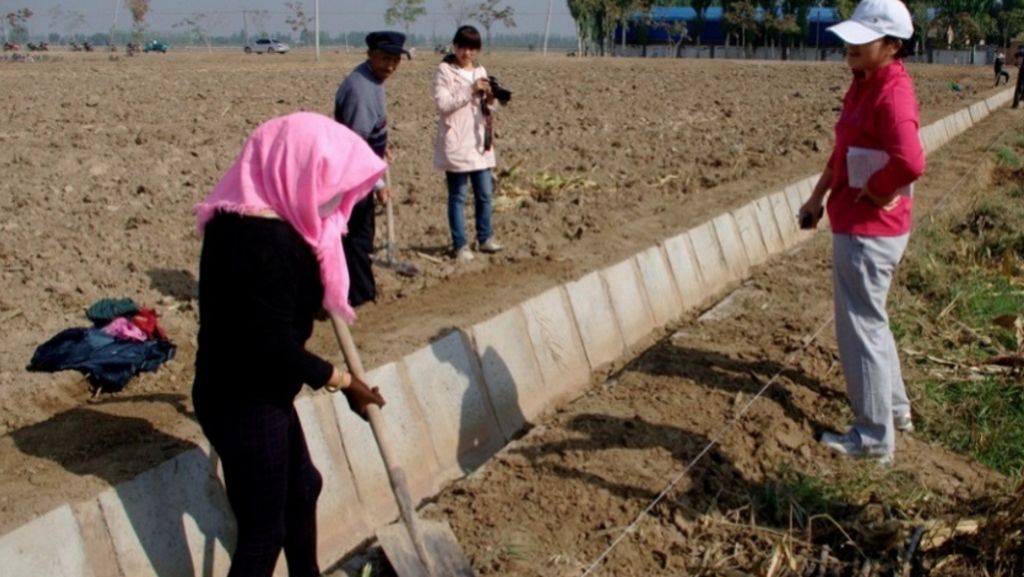Others
Holistic Approach to Meeting the PRC’s Agriculture Challenges
Graham Dwyer 27 May 2021


While investments in agriculture together with institutional reforms have secured a stable food supply in the PRC, food security remains a concern due to productivity and environmental challenges.
Water availability is one of the biggest constrains to agricultural development in the PRC. It is aggravated by climate change that leads to more frequent droughts and floods, causing reductions in grain output.
An ADB project increased food security and boosted agricultural productivity through an integrated approach of infrastructure, institutional and capacity development.
The People’s Republic of China (PRC) feeds the largest population in the world, a task fraught with many challenges. While investments in agriculture together with institutional reforms have secured a stable food supply, food security remains a concern due to productivity and environmental challenges.
Water availability is one of the biggest constraints to agricultural development in the PRC. It is aggravated by climate change that leads to more frequent droughts and floods, causing reductions in grain output. About a decade ago, average irrigation water use efficiency in the country was only about 40%, and soil fertility was degraded in many regions due to intensive farming techniques over decades. In addition, there was limited institutional capacity to manage the advanced irrigation infrastructure that exists, and a lack of mechanized plowing and harvesting equipment.
It was against this backdrop that the Asian Development Bank (ADB) approved in 2012 a $200 million loan for the Comprehensive Agricultural Development (CAD) Project to support the PRC’s CAD program to promote a holistic approach to enhance food security. Five provinces (Anhui, Heilongjiang, Henan, Jilin, and Yunnan) and one autonomous region (Ningxia Hui Autonomous Region) were selected for the project.
Boosting agricultural productivity
“The project was designed to use an integrated approach to increase agricultural productivity through developing improved irrigation and drainage infrastructure,” says ADB Senior Natural Resources and Agriculture Specialist Shingo Kimura. “This was combined with institutional and capacity development to promote effective operation and maintenance of irrigation and drainage infrastructure, and to introduce modern agricultural technologies.”
At the preparation stage, the project team gathered extensive inputs from provincial and national government officials as well as villages, including women and ethnic minorities.
“A well-informed consultation process along with participation and involvement in subproject identification and implementation ensured the effective operation and maintenance of improved infrastructure upon completion,” says Mr. Kimura.
Over the six-year implementation period, the project improved drainage over more than 100,000 hectares (ha), developed extensive surface water and groundwater irrigation systems, and introduced water-saving technology. By adopting practices such as land leveling, soil testing, appropriately applying fertilizers, returning crop residue to farmland, and reducing salinity, the project improved soil quality in about 43,600 ha of land, while repairing almost 2,000 kilometers of roads, and providing tractors and plant equipment to farms.
Reducing rural poverty
It also increased agricultural productivity and irrigation water use efficiency in the project area, with grain yields increasing by 53%, cash crop yields (excluding vegetables) by 353%, and vegetable yields by 35% in the project area between 2010 and 2018.
“The project supported water-saving irrigation and conservation agriculture, which became more relevant under the PRC’s new policy orientation promoting sustainable agricultural production,” says ADB’s Director of Environment, Natural Resources, and Agriculture in East Asia Tom Panella. “It was well aligned with the PRC’s 12th and 13th Five-Year Plans, which highlighted the importance of food security, agricultural productivity, and water resources management.”
Further, the project contributed to reducing rural poverty through increasing both farm and non-farm income opportunities. It had a positive impact on women particularly by boosting their participation and representation in local water and farmer associations, increasing employment opportunities, and improving technical capacity in modern agricultural production and irrigation. The project created 24,263 jobs during implementation and 2,284 employment opportunities during operation of the facilities, with women taking up half of the new jobs created.
Ethnic minorities, which comprise about 60% of the population in the project area, benefited through training, job opportunities, and improved farmland. They comprised 60% of farmers who received training and almost 70% of those who received employment under the project.
“This project has achieved remarkable results despite the complexities of effectively managing 68 counties scattered around 6 provinces,” says ADB Country Director in the PRC Yolanda Fernandez Lommen. “The strong coordination between ADB, project implementation offices, and provincial and county governments was a key factor behind the success and smooth implementation of the project.”
| 2010 | 2018 | Increase | |
|---|---|---|---|
| Grain Yields | 5.74 ton/ha | 8.76 ton/ha | 53% |
| Cash Crop Yields | 1.90 ton/ha | 8.60 ton/ha | 353% |
| Vegetables | 25.2 ton/ha | 34 ton/ha | 35% |
| Irrigation water use efficiency – surface systems | 40% | 55% | |
| Irrigation water use efficiency – groundwater systems | 60% | 76% | |
| Average per capita income of farmers | CNY3,614 | CNY9,675 | 168% (in constant 2010 values) |
| Poverty incidence in project villages | 12.3% (2013) | 1.5% |
Author

Graham Dwyer
Principal Communications Specialist, Department of Communications, ADB
This article is reproduced from Asian Development Bank.


